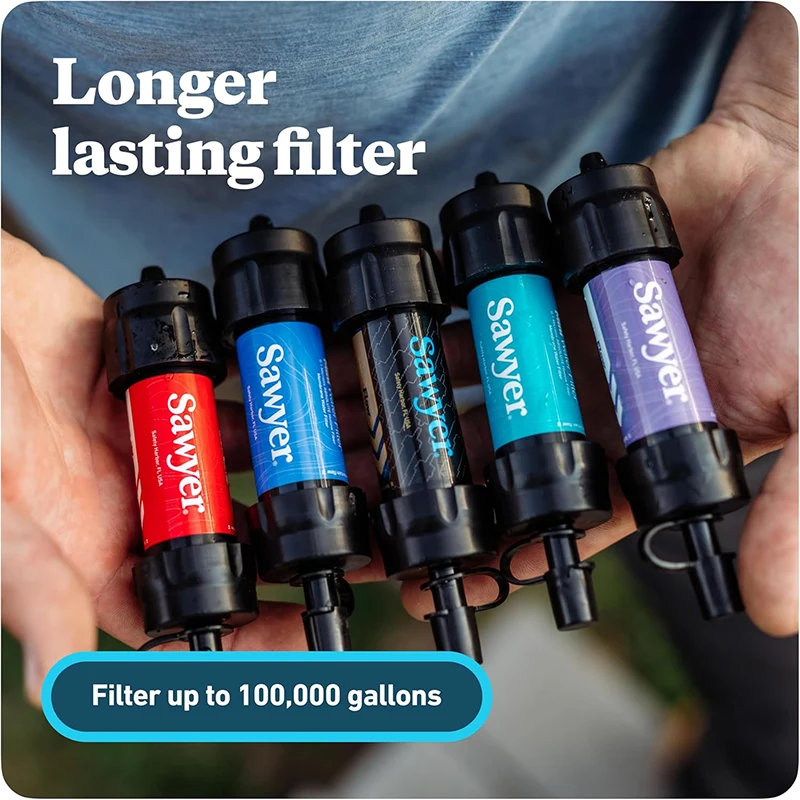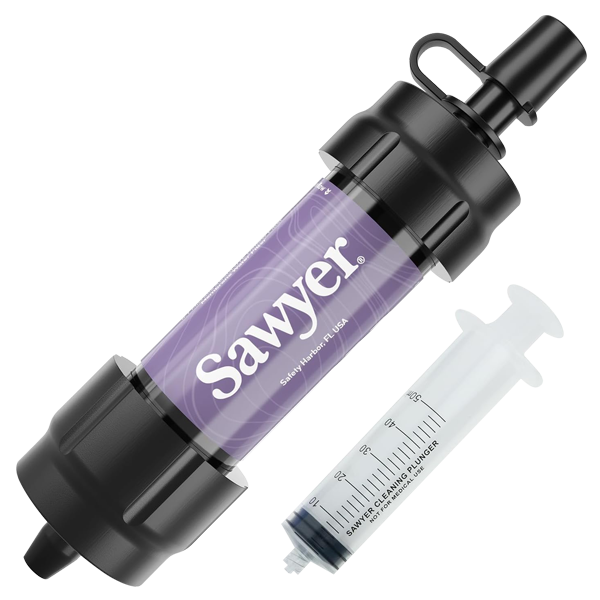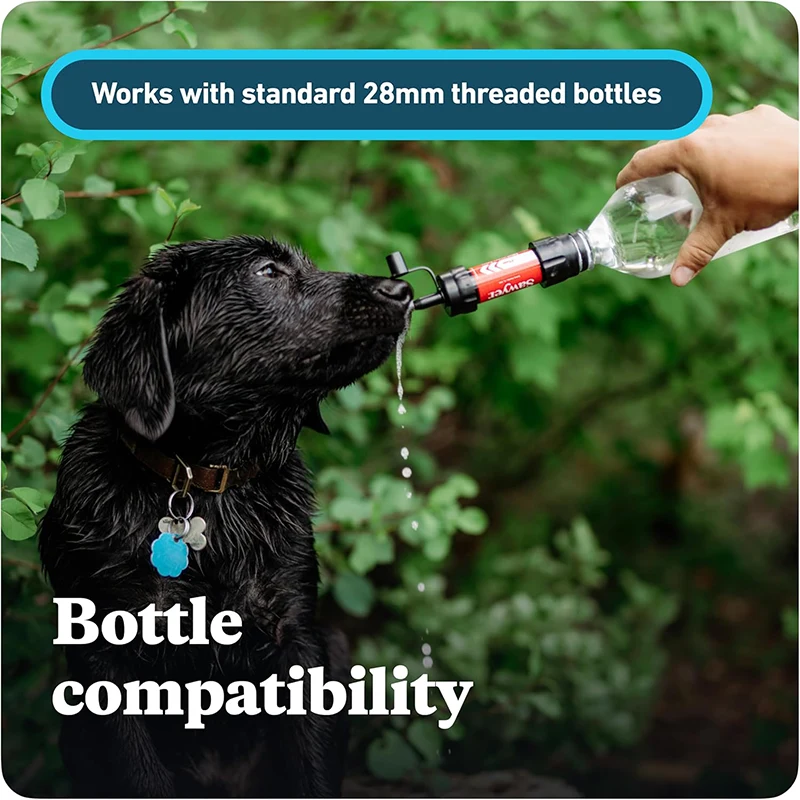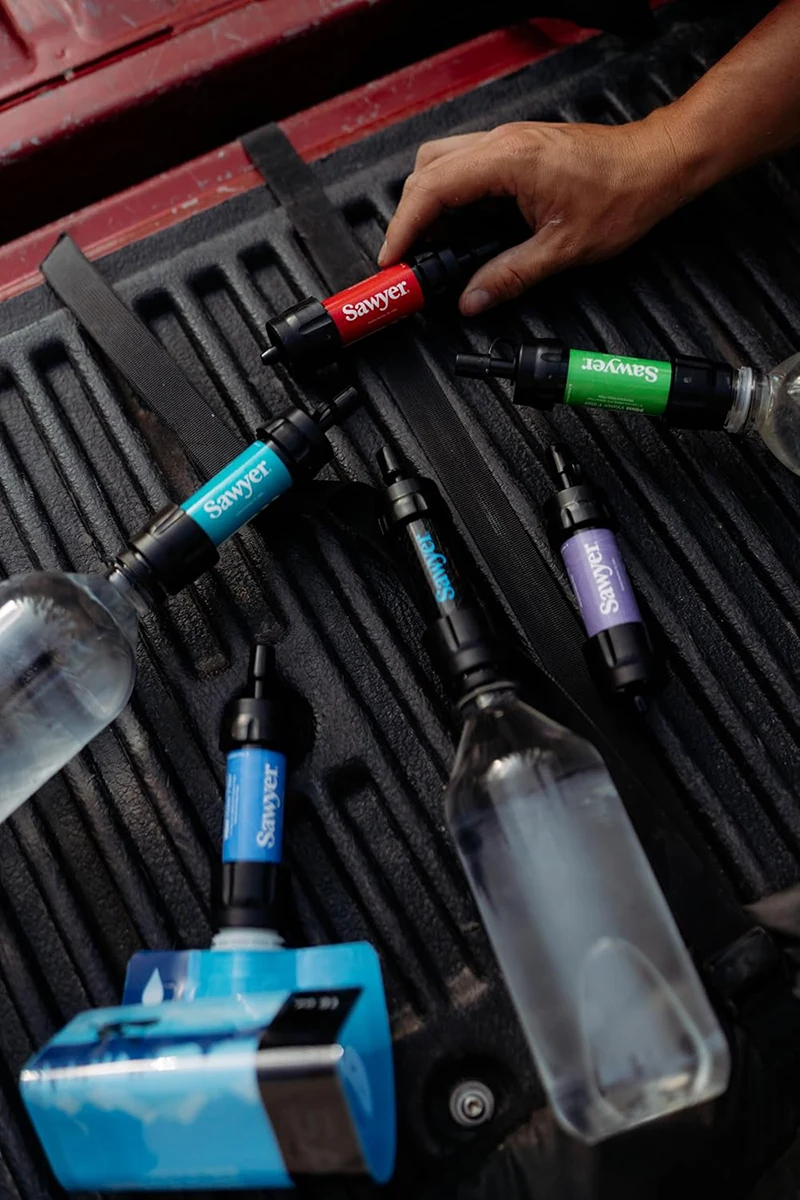


A Thousand Little Cuts
Microaggressions, Microinequities, and Sexism Towards Women in the Outdoors
Words by Ashly Winchester
A large man stood in the middle of the trail, blocking my path. His booming voice rang out, "IT’S REALLY IMPRESSIVE THAT YOU WOULD HIKE THIS TRAIL SOLO, ESPECIALLY AS A WOMAN."
Emphasis on woman.
"I WOULDN’T HIKE THIS TRAIL ALONE, SO IT’S REALLY IMPRESSIVE YOU’RE DOING IT AS A WOMAN.”
Deadpan, I told him that this trail was easy compared to a lot of things I've done. Then, "can you move? You're blocking the trail.” I just wanted to remove myself from this weird situation.
I was on the South Kaibab trail of the Grand Canyon, a well-marked and well-used trail. The round-trip distance is approximately 14 miles with 5,000 feet of elevation loss and gain. As an ultra-distance runner, the hike is well within my abilities. I had hiked to the bottom of the canyon and was about halfway back up the climb, cruising at a decent power-hike and deep in thought, when this man blocked my path.
He didn’t move.
I felt trapped. All I wanted was to get away from him, so I skirted around by climbing up and over some rocks on the side of the narrow trail. I half-hiked, half-jogged up the trail, partially to put some distance between us and partially to prove that I am more than capable.
I stewed on this forced interaction for the rest of my hike. How could I have handled that better? What was his intention? I was incensed at how he was so aggressive in trying to get me to talk to him, what he said, and how I handled it. Not only was I forced to interact with someone I didn’t want to interact with, but why would he think this hike should be more difficult for me because I’m a woman. Why is seeing a woman hiking solo such an impressive feat that you must stop and express awe? Loudly? In her face?
At least he called me a woman and not a girl… or worse, little girl. I will give him that.
I shared my experience on social media and was completely blown away by the number of responses from other women who had similar experiences with hurtful odd and aggressive behaviors.
View this post on Instagram
A post shared by Ashly (@ashly.winchester)
This wasn’t my first experience with odd or snide comments directed at me being a woman outdoors. As an avid outdoorswoman who enjoys solo adventuring, I’ve experienced my fair-share of microaggressions. Some are more subtle than others. Some are overtly disparaging.
“Where’s your partner?”
“You’re too pretty to be out here alone.”
“Hey, you’re making me look bad!”
“That’s pretty good... for a girl.”
This inspired me to dig a bit deeper into the realm of microaggressions towards women in the outdoors. Sexism and condescending language abound in media reporting and through social interactions, fueling unconscious stereotyping of women and young women. Microaggressions devalue achievements and damage confidence.
Unfortunately, we have all grown up with microaggressions built into everyday life, and we are all affected. Women have fought hard to get equal footing in the outdoors - a place that has traditionally been considered a man’s domain - and we continue to struggle to have our voices heard and taken seriously.
Microaggressions, sexist remarks, and microinequities have real psychological effects. You can only take so many little jabs before they start tearing you down.
What is a Microaggression?

As more groups push for inclusivity, diversity, and representation, terms like ‘microaggression’ and ‘microinequity’ are making their way into the common vernacular. Indignities that are directed at a marginalized group though brief verbal or behavioral actions are considered microaggressions. They may be brushoffs, hidden slights, accidental, or deliberate. They are not always overtly derogatory or intentionally hurtful, and may include axioms that have been adopted as common parlance.
Most of my experiences with microaggressions as an adult have been while participating in an activity that is historically male dominated, namely, anything outdoors-related.
Professional mountain athlete, Kelly Halpin, has experienced her fair-share as well. She recalls an experience in the mountains where she expressed concern for a man’s safety as he ventured off-route into avalanche territory. He brushed her off, saying “Don’t worry about me, little girl, I can take care of myself.”
Linguistic sexism, such as calling a woman ‘little girl’ or telling someone they are being a ‘pussy,’ insinuates that women are weak and inferior. In the media, this also looks like labeling women’s sports as ‘women’s sports’ and not doing the same for men’s sports. You might see championship matches labeled as “Women’s World Cup,” while the men’s division is “The World Cup.”
A somewhat notorious example of this is when Lynn Hill, a renowned rock climber, free climbed El Capitan in the Yosemite Valley. Hill was the first person to ever free climb El Capitan, male or female, yet the reports exclaimed that she was the first woman to ever free climb the iconic monolith. Reading the headline, one might assume that Hill’s accomplishment came along on the heels of a man, which greatly undervalues the incredible achievement.
The media is one of the great purveyors of undervaluing female athletes, perpetuating the myth that women are in a male domain when participating in sports. According to a 2017 study, there was a 40 percent increase in microaggressions towards female athletes in newspapers between the 2012 and 2016 Olympics. These microaggressions included objectification, comments on body shape or size, sexist jokes, and accusations that women use their bodies in order to gain sponsorships.
Underreporting is also a rampant problem for collegiate and professional sports, with women’s sports receiving only four percent of sports media coverage even though women make up 40 percent of sports participants. This underreporting issue, combined with gender-bland sexism, creates the image that women’s sports are less important and less exciting than men’s sports and sends the message that sports are the realm of men.
Backcountry Bigotry, Gender Roles & Decision-Making
Interactions between the sexes can be nuanced and charged. Perceived and applied gender roles can play a large part in how women and men function together in the backcountry. Honesty, trust, and teamwork are necessary for survival, yet strained communication and differences in decision-making processes can make an outing miserable at best, and fatal at worst.
According to the 2020 Outdoor Industry Association Participation Report, women make up about 46 percent of all outdoor recreationists. It’s a little different for adventure sports though, with the percentage of female backcountry skiers making up 25 percent of all participants and female thru-hikers hovering around the same mark. However, female participation is on the rise.
Historically, the outdoors has been labeled as ‘not a woman’s place,’ an idea that has been reinforced throughout modern history by officials and the institutions that manage public lands. In 1967, in regards to women becoming park rangers, Secretary of the Interior Stewart Udall stated that it’s “our concern and affection for girls that prevents our saddling them with the full load of ranger duties.” Job descriptions for park rangers were listed as ‘men only.’ When women were hired as ‘Rangerettes,’ their uniforms consisted of skirts and heels, and job duties included singing goodbye to visitors.
The perceived idea that the outdoors is not a place for women has persisted through the years, albeit not as blatantly and boldly as in the past, but may be part of the impetus for the lack of trust in female partners by their male counterparts. It’s deeply rooted in historic and cultural sexism.
As far as decision-making processes are concerned, there are some very real (and well studied) differences between men and women. Women tend to think more rationally and cautiously, taking all available data into consideration before making a decision, and are more averse to risk than men. Groups that consist of all women will usually make decisions based on group consensus, and in doing so have fewer accidents in the backcountry.
Men, on the other hand, will often take on a leadership role or choose a leader and look to him for direction. One study by Cambridge University found that testosterone levels will rise in men who find success after taking a risk, which spawns even riskier behavior and overconfidence. This assumption of power and tendency towards riskier behavior can lead men to make more dangerous decisions for the group.
Why is this important? Because the chronic silencing of women’s voices has a negative impact on group safety. Women have fewer accidents and fewer incidents of death in the backcountry by a longshot, which isn’t a surprise considering how women perceive risks compared to men. Yet the opinions of female partners are less likely to be taken seriously by their male counterparts.
Empowering Women in the Outdoors
More often than not, microaggressions towards women are left unaddressed. Microaggressors brush them off as insignificant (if they’re even aware of it) and the microaggressee will absorb and internalize it. For the individual, the constant inequities take a toll on psyche and progression, while collectively it perpetuates the divide between men and women.
Halpin notes; “When someone else is constantly doubting your ability, it's only natural to question yourself. I believe that's why we see far fewer women doing solo adventures.”
So how do we level the playing field?
Women’s-only groups and classes have gained a lot of traction in recent years, and they certainly help address the gender gap and confidence gap in outdoor recreation. I took an all-female avalanche safety course through an organization called SheJumps. Being surrounded by other women in what is usually a male-dominated course made me feel more comfortable, allowed me to be fully present, anda more willing participant. I’ve heard the same sentiment echoed across these platforms.
These organizations are valuable and necessary, but they are only part of the answer. I would be remiss if I didn’t say that microaggressions don’t just come from men. In the pursuit of equality and recognition, some women can use these microaggressions against each other too.
The lines between what is sexist and what is not are blurry at best. What may be offensive or hurtful to one person may be playful to another. Intermingling of the sexes, context, relationships, tone, body language, and intention all blend together to create an intricate linguistic dance. It’s complicated, but not hopeless. While we’ve come a long way as a society to make the outdoors more accessible, we still have a very long way to go.
As women, we must continue to raise our voices and fight to be heard, support one another, and stand up for each other. But it’s not solely up to the ladies to fight, men can (and need to), too. As humans, everyone needs to step up, learn, and listen. Think about what you’re going to say before you say it and consider how it might make the recipient feel. If you feel like you said something that inappropriate, apologize.
And don’t forget to believe in yourself. “I try to remember that I have the same (or more) experience level as many of the men I've heard microaggressions from and use it as fuel to prove to those people that women can and do have the same toughness as men,” says Halpin. “In some cases I have compassion for the men because their microaggressions are generally coming from a place of insecurity.”
Resources and Organizations for Women in the Outdoors
SheJumps - An organization that helps eliminate barriers to entry for women. Offers classes, courses, and scholarships.
She Moves Mountains - Rock climbing retreats for all women, regardless of experience.
AdventureUs Women - Multi-sport retreats featuring short, no-experience-necessary activities, including mountain biking, yoga, hiking, and wilderness survival.
AWExpeditions - Ever wanted to climb a mountain? AWExpeditions gets you there with all-women guides and trips. They also offer some backpacking trips.
Trail Mixed - Mentorship, education, and access to the outdoors for women of color.
Girls Fight Back - Self defense for women.
Mwandishi Bio
Ashly Winchester is a runner, writer, adventurer, and mountain guide based out of Northern California. She also hosts a podcast called Womxn of the Wild, where she interviews women who are breaking down barriers in the outdoors.
Connect with Ashly on Instagram: @ashly.winchester
Womxn of the Wild on Instagram: @womxnofthewild
Kutoka kwa kikosi
Mazungumzo ya Campfire na jamii yetu, kutoka kwa Wanachama wa Squad na Mabalozi kwa Washirika wa Brand na timu ya Sawyer.

















